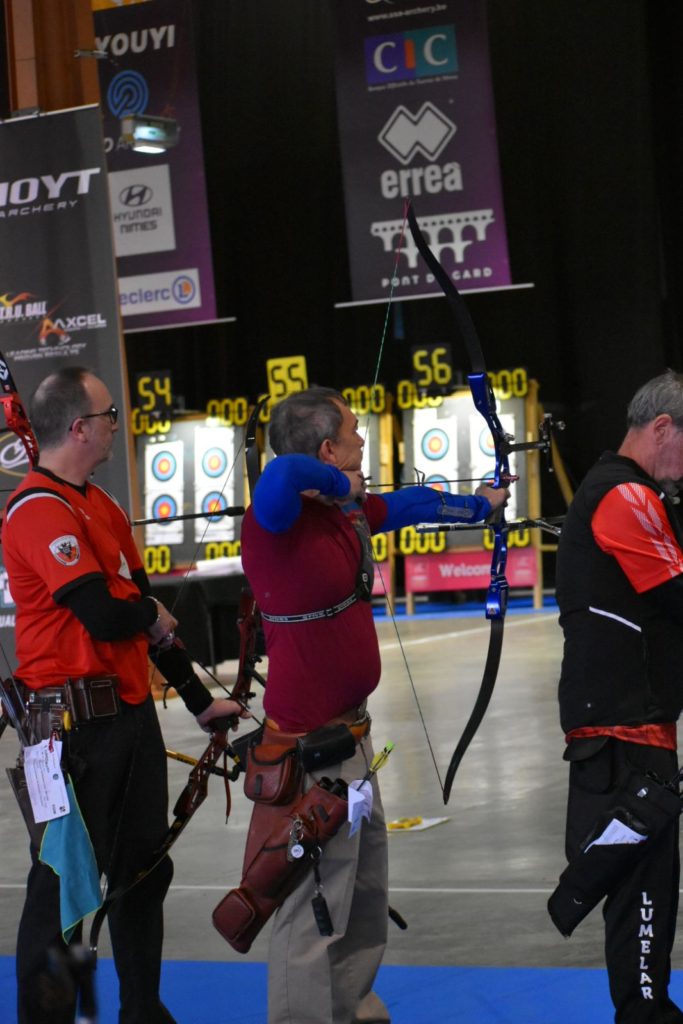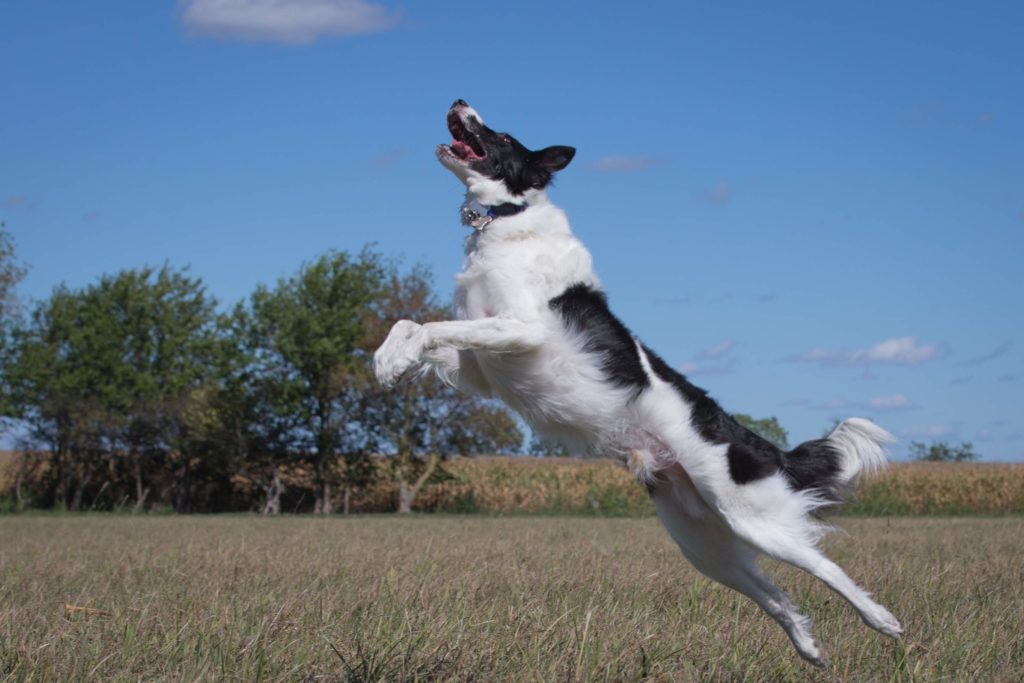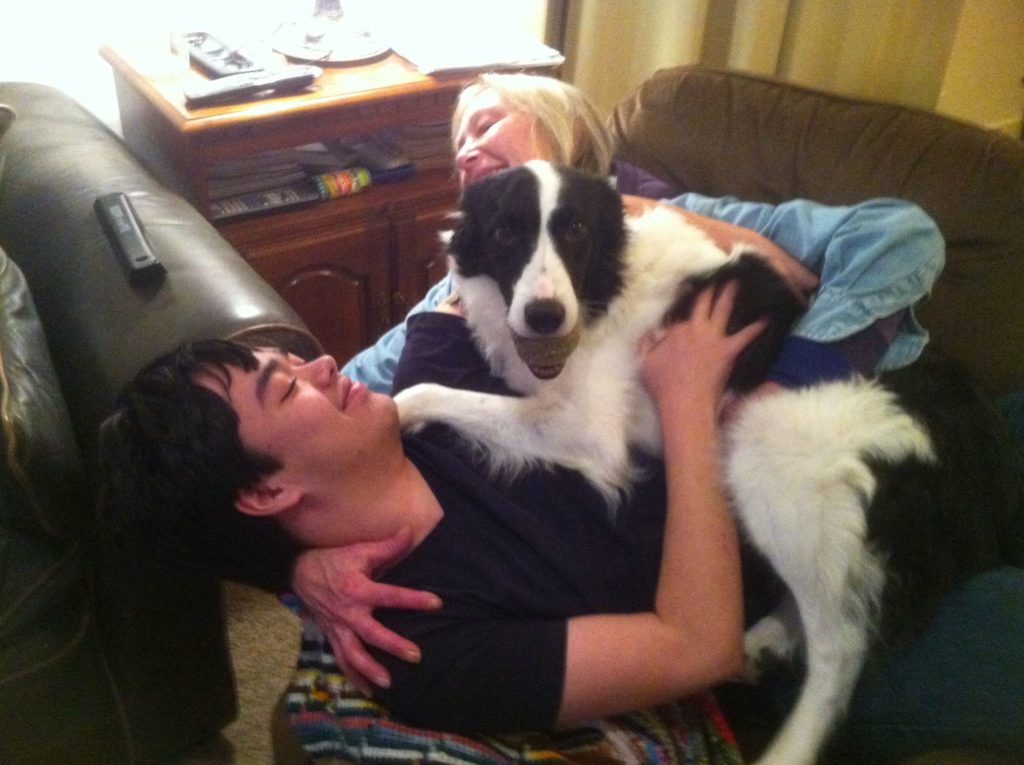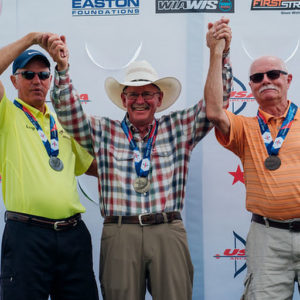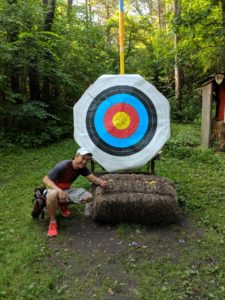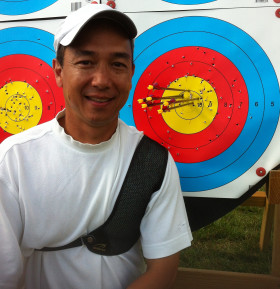We recently spoke about the steps of the shot and why sometimes ignoring or skipping them may lead to poor shot making and declining performance. While there may be some room to combine steps, it is important that you understand why you are combining or omitting anything from your shot.
It is also very important, actually essential, that your practices be focused on something specific. We have all gone to the range and shot arrows hoping that the sheer volume of shots going down range will magically lead to increases in performance. While it may happen, it will never be as productive as focused practice.
Ok, let’s circle back to the steps of the shot. They’ve been defined a few different ways by different coaches, but they are essentially the same.
From Coach Kim: Stance, Bow Grip and Hook, Set up, Draw, Anchor, Aim, Extend, Release, Follow Through.
From Coach Kisik Lee: Stance, Nock, Set, Set up, Draw, Load, Anchor, Transfer, Aim & Extend, Release, Follow Through, Evaluation and Feedback
From Coach Rick McKinney: Stance, Nock, Set up, Pre Draw, Draw, Anchor, Aim, Release, Follow Through
Each of these coaches lays out the steps of the shot (shot sequence) that are very similar. They use very similar verbiage and in speaking with each of them, approach the shot in more or less the same manner. There are differences in styles, certain movements, etc., but the steps are largely in line with one another.
Now that the steps of the shot are known, which of the steps do you need to focus upon? Of course it’s different for every archer, but from the beginner to Olympic champion, each will work on some part of the shot sequence. There is no magical step, or advanced technique. There is only a continual refinement of the sequence. A beginner might focus on achieving the anchor consistently, while an Olympian might focus on an anchor angle which might lead to more consistent group sizes. The point is that from beginner to expert, the same steps are being addressed on a daily basis. The difference is the degree of refinement.
In our program, we have used the example of building a house. If you build a house on a poor foundation, it doesn’t matter if the windows are the best, or the fixtures are top notch, if you can’t open the doors or windows. Likewise, if you have an adequate release but extremely poor posture, the shot will not be able to be executed well and the results will not be what you want or expect.
So next time you are practicing independently, ask yourself what it is you’re working towards achieving/improving in your sequence. If you haven’t an answer, you’ll be the volume shooter hoping for a miracle. When you do practice with a purpose, evaluate what you are doing! Take video. Is the position better? Is the movement better? This can lead to meaningful changes in your shot, that in time will make you a better archer!
